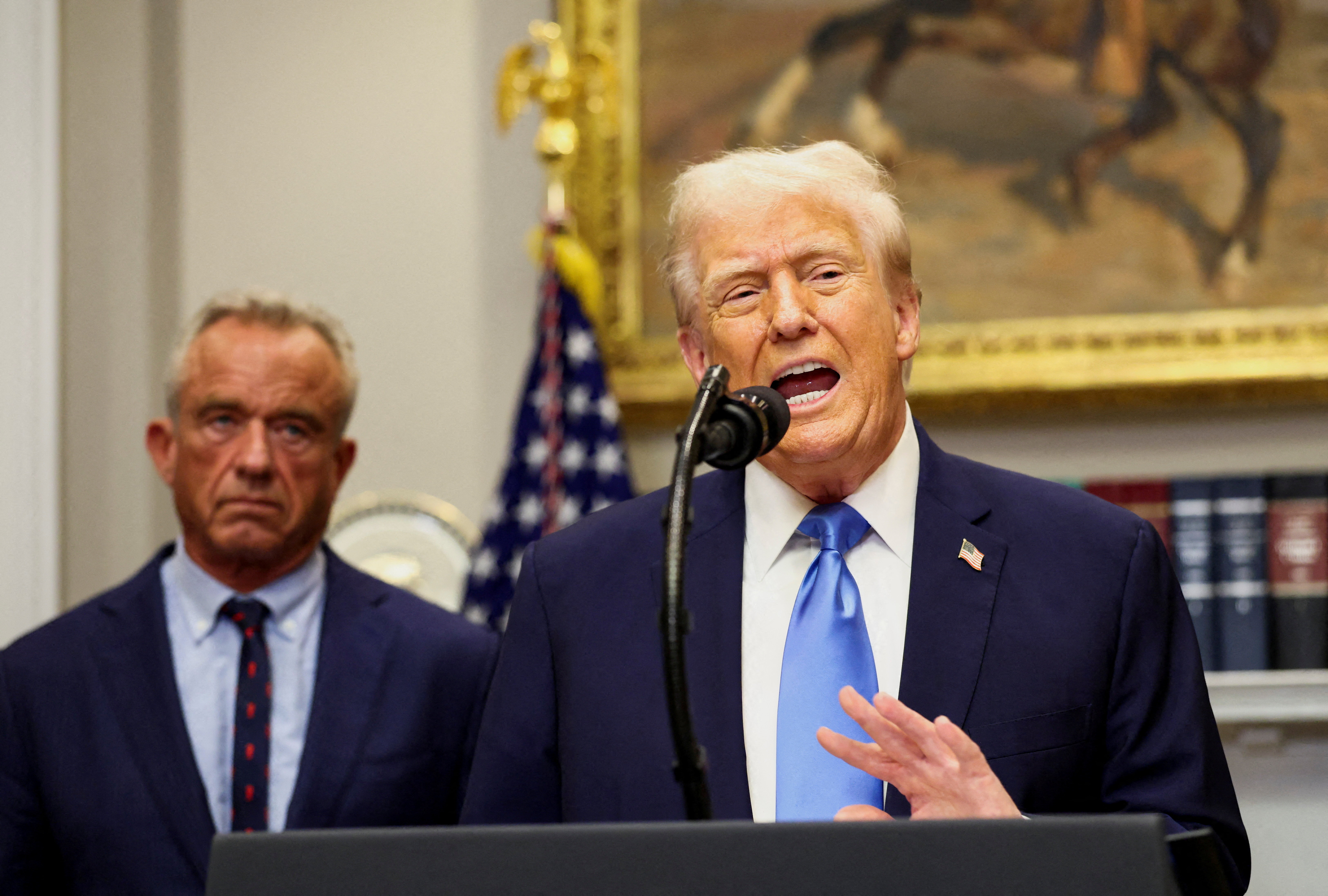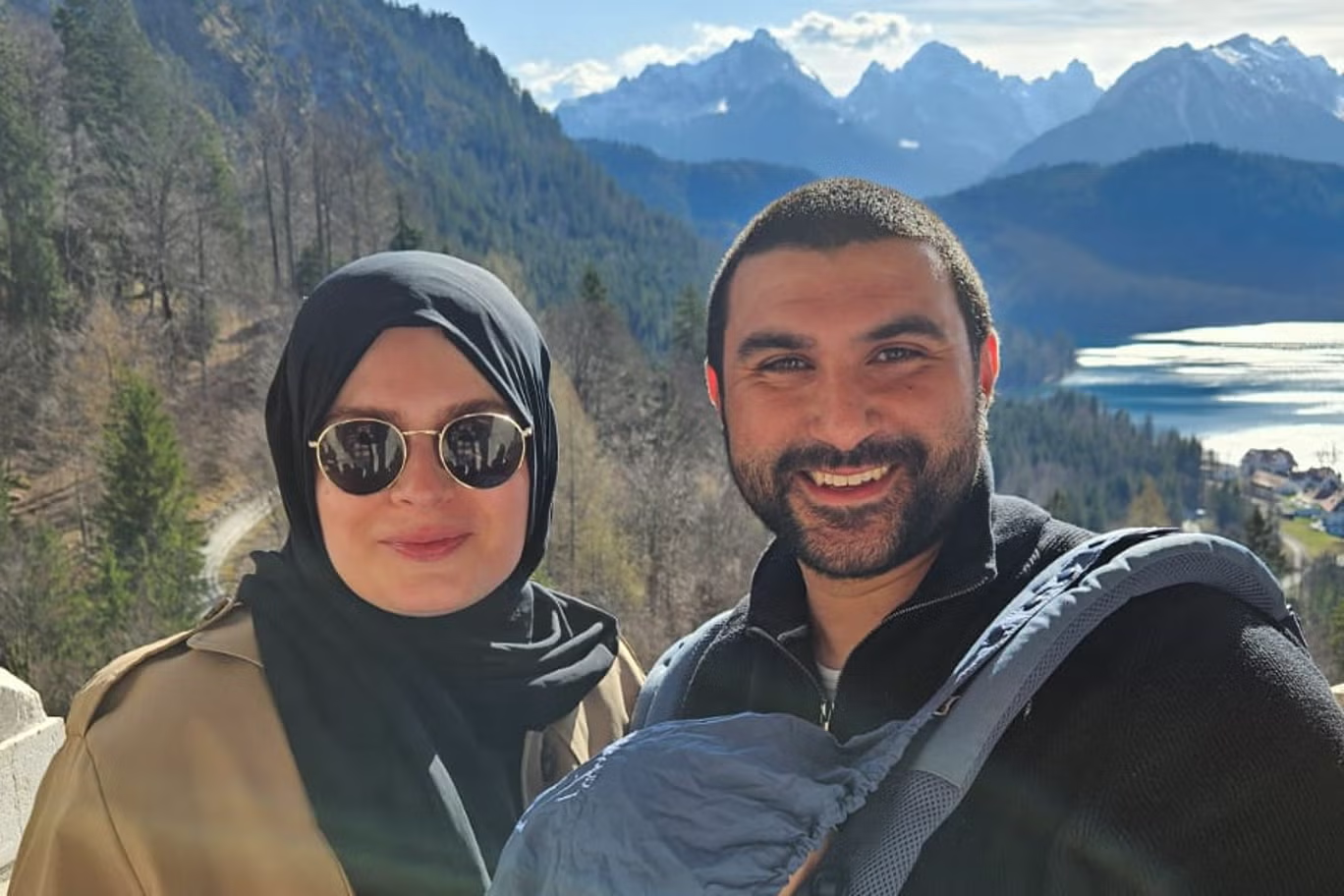
White House Deputy Press Secretary Launches Online Slur at Reporter
November 6, 2025November 06, 2025 – USA –
The arrest of photographer Ya’akub Ira Vijandre—a DACA-protected journalist who has documented human-rights abuses—by U.S. Immigration and Customs Enforcement (ICE) has provoked outcry from media-freedom advocates, who say his detention marks a disturbing escalation in threats against the press. According to reports, Vijandre was taken into custody earlier this week, not for an immigration-status violation, but apparently as part of a broader crackdown on his reporting activities.
Vijandre, 38, a Filipino-American photojournalist based in Southern California, has worked extensively covering exploitation and immigrant-worker vulnerabilities. His supporters say he was arrested after submitting credentials, including a valid DACA permit, and no criminal charges were disclosed at the time of arrest. The circumstances have raised questions about the motif of the detention and its implications for press freedom.
Legal observers stress that targeting a journalist under immigration enforcement powers—absent a public allegation of wrongdoing—is likely to chill investigative reporting and intensify self-censorship among reporters who are non-citizens or hold undocumented status. “This appears to be less about migration law and more about signalling: step off the beat and face removal,” one expert commented.
The case puts the spotlight on how immigration-enforcement tools may be deployed against media professionals. While law-enforcement agencies possess the legal authority to detain individuals under immigration statutes, media-rights groups emphasise that using those powers to silence or intimidate journalists threatens fundamental democratic rights. The scenario raises concerns that the journalist’s work exposing abuses may have triggered retaliatory action.
Vijandre is currently held in an immigration detention facility pending an unknown hearing date. The American-Photojournalism Solidarity Network (APSN) called on ICE and the Department of Homeland Security to clarify the legal basis of his detention, provide access to his legal counsel, and immediately restore his freedom if no legitimate charge exists.
For immigrant and DACA-protected journalists, this case signals a dangerous precedent: the tools of immigration can be used as instruments of press suppression. Advocates say the press-freedom movement must respond swiftly, including calling for an independent review of the case and ensuring that journalism remains protected from being treated as a form of enforcement risk.
Reference –
ICE Arrests DACA-Protected Photojournalist — Not for Immigration Violation



